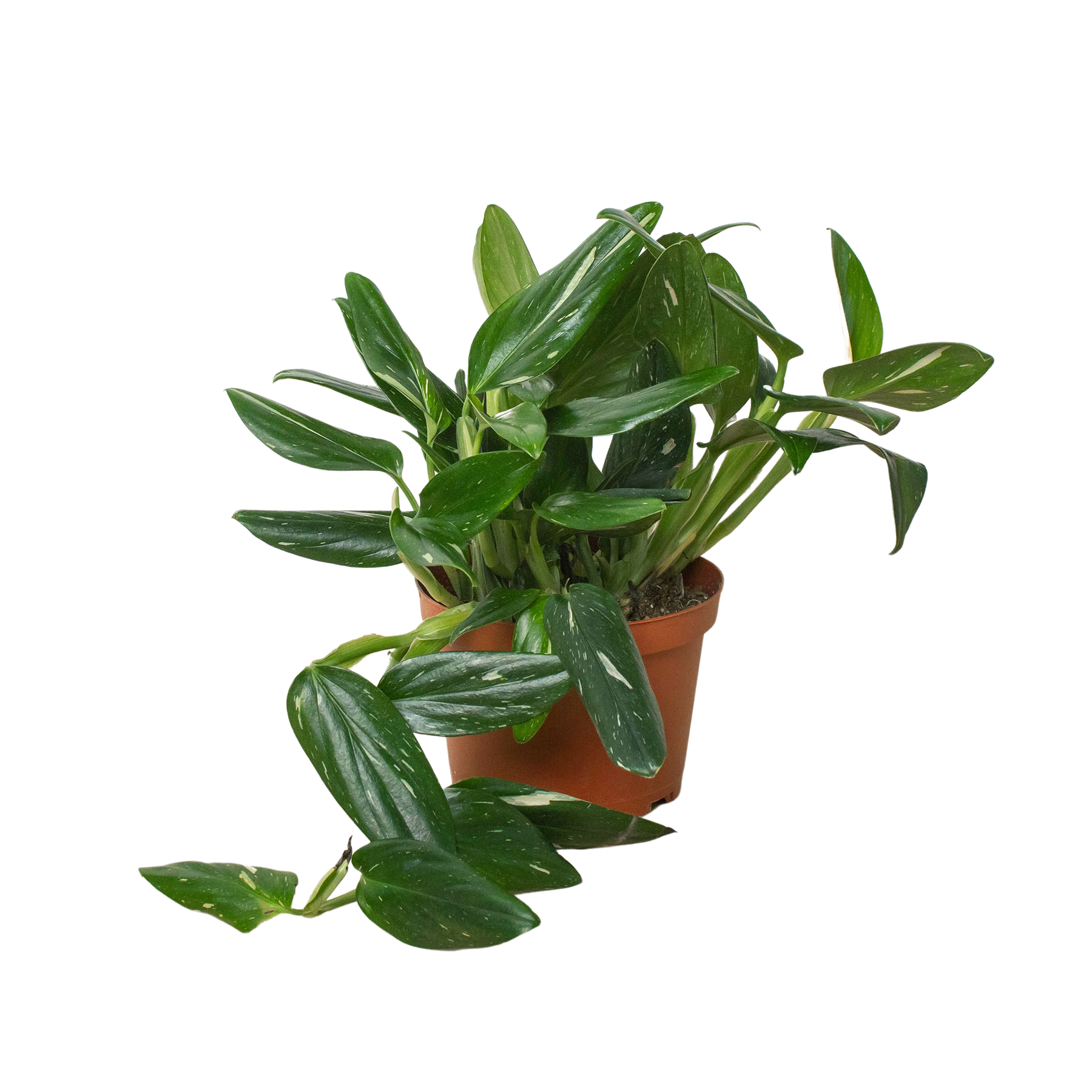Description | Alocasia Serendipity - Black Elephant Ear
Overview:
Alocasia Serendipity, commonly known as the Black Elephant Ear, is a captivating houseplant that brings an exotic and dramatic flair to any room. Renowned for its velvety, dark leaves that resemble the ears of an elephant, this plant is a true statement piece. It thrives in warm, humid conditions, mimicking its tropical origins and creating a lush, vibrant atmosphere in your home or office.
Appearance:
The Alocasia Serendipity showcases large, glossy, heart-shaped leaves that are almost black in color, with a distinctive texture that adds depth and interest. Its robust stature and architectural form make it a magnificent focal point in any space.
Identification:
This plant is easily identified by its oversized leaves, deep green to black hue, and tall, slender stems. The leaves can grow quite large, emphasizing its dramatic appearance and making it an unmistakable presence in any collection.
Unique Attributes:
Alocasia Serendipity is not only prized for its aesthetic appeal but also for its air-purifying qualities, helping to filter indoor air and improve the environment. Its rarity and unique coloring make it a sought-after addition for collectors and enthusiasts alike.
History and Origin
Originating from the tropical rainforests of Southeast Asia, Alocasia plants have a rich history of cultivation. Alocasia Serendipity, with its unique characteristics, was developed through careful selection and breeding to highlight its stunning dark foliage, making it a modern twist on the classic beauty of the Alocasia family.
Care Instructions
Light Requirements:
Prefers bright, indirect light. Direct sunlight can scorch its leaves, while too little light can cause stunting and loss of vibrancy.
Watering:
Keep the soil consistently moist but not waterlogged. Water when the top inch of soil feels dry to the touch. Reduce watering in the winter months.
Soil and Fertilization:
Use a well-draining, peat-based potting mix. Feed with a balanced liquid fertilizer every month during the growing season, reducing to every other month in the winter.
Temperature and Humidity:
Thrives in warm environments with temperatures between 65-85°F (18-29°C). High humidity levels are ideal, so consider using a humidifier or placing the plant on a pebble tray with water to increase moisture.
Pruning and Maintenance:
Remove any yellowing or damaged leaves to encourage new growth. Dust the leaves regularly to maintain their glossy appearance and support photosynthesis. Repot every 2-3 years or when the plant becomes root-bound.
Companion Plants
Choosing the right companion plants can make your space a lush, healthy haven, enhancing the beauty and vitality of your garden. Opt for plants with similar light and humidity preferences to ensure they grow harmoniously together. This thoughtful selection not only enriches the visual appeal of your space but also contributes to a balanced and supportive environment where each plant can thrive.
 Sale
Sale












